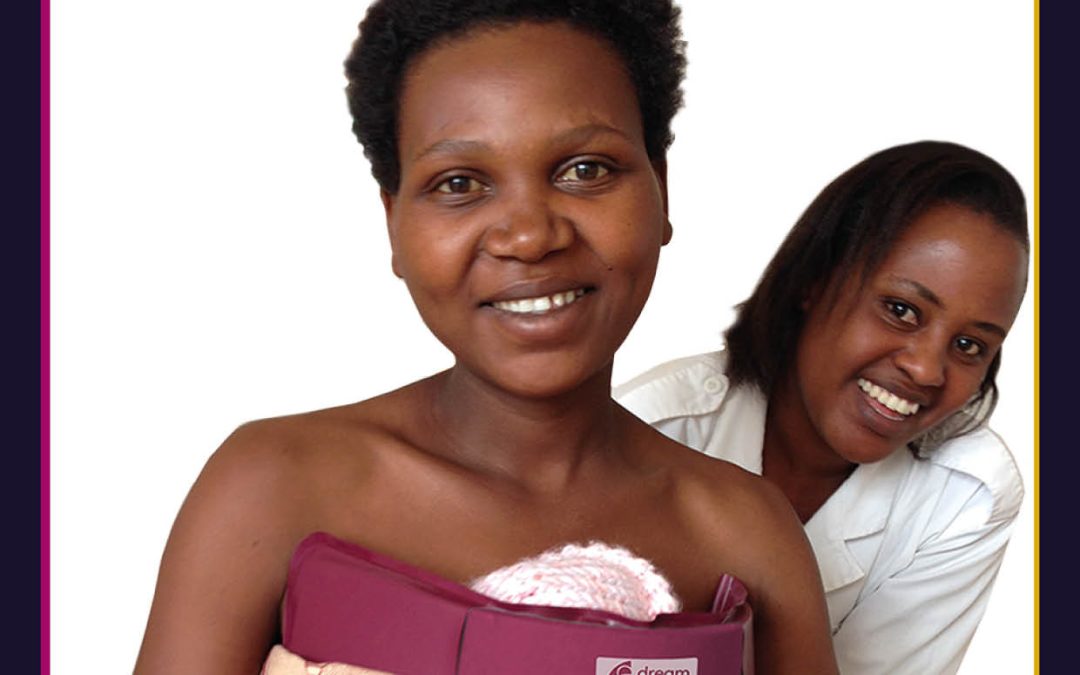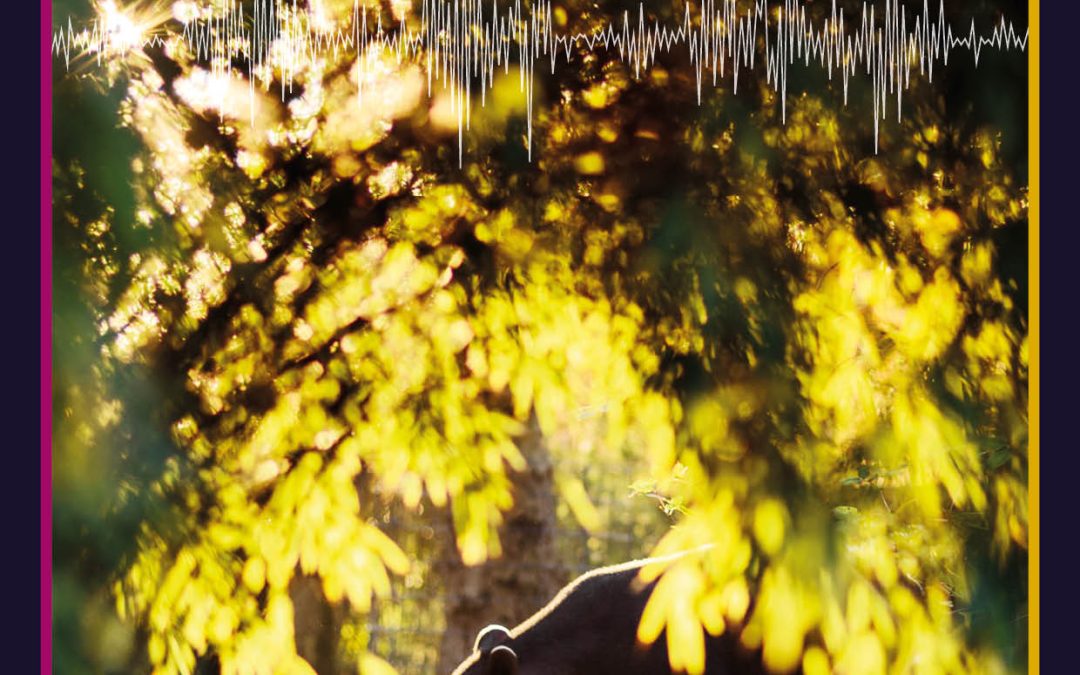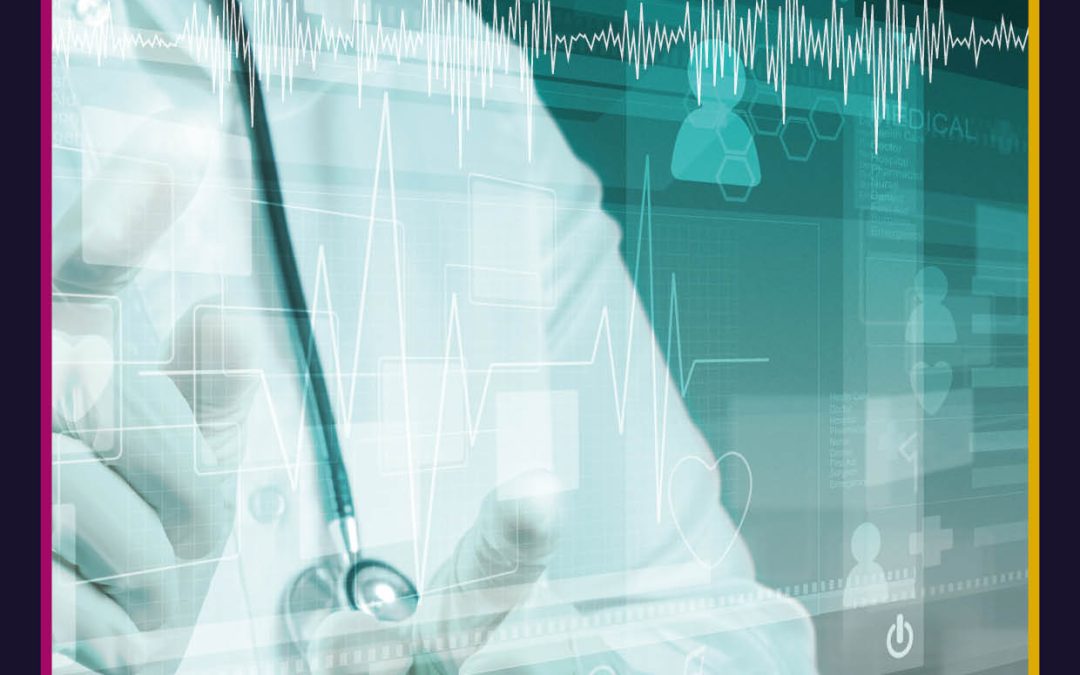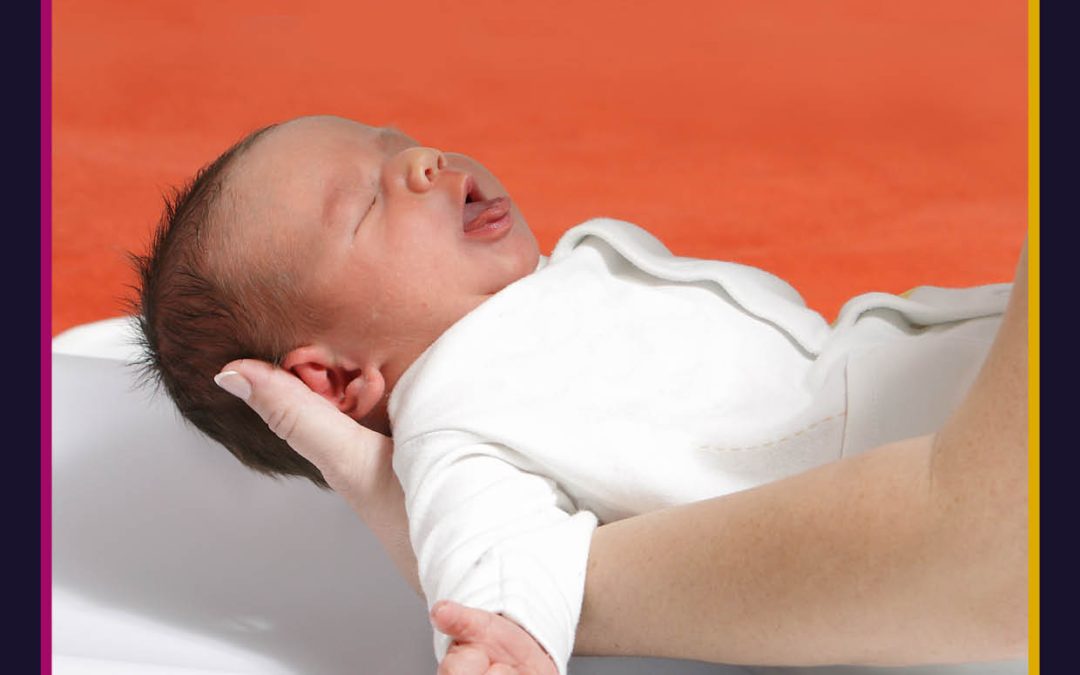
by admin | Mar 4, 2022 | health and medicine, social and behavioural sciences, trending
Dr Pierre Galanaud, an immunologist from Paris-Saclay University and Inserm UMR 996, analysed historical tax records to investigate the impact of epidemics on recent emigrants who experienced the 15th century plagues in Dijon, France. His research highlights the vulnerability of emigrants with low economic status to epidemic-related mortality. More broadly, his work demonstrates the important role that migrants play in population growth and demographic recovery after an epidemic has taken place. These findings are of particular relevance given the current COVID-19 pandemic.

by admin | Mar 4, 2022 | health and medicine
Dr Anne Hansen is the Medical Director of the Neonatal Intensive Care Unit and Associate Chief of the Division of Newborn Medicine at Boston Children’s Hospital. With her colleagues, Dr Hansen has developed and tested a low cost, non-electrical warming mattress called the ‘Dream Warmer’ to help prevent and treat neonatal hypothermia in countries with limited medical resources. Her team has conducted extensive testing in Rwanda with results demonstrating that this medical device is safe, effective and ready for use on a wider scale.

by admin | Mar 4, 2022 | biology, health and medicine
When a supposedly healthy infant passes away, it can be hard to understand why. Juan Lavista Ferres (Microsoft), Dr Jan-Marino Ramirez and Dr Tatiana Anderson (both from Seattle Children’s Research Institute), and Professor Edwin Mitchell (University of Auckland), form the core of a novel collaboration to conduct vital and extensive research into the risk factors and mechanisms behind sudden unexpected infant death. This unique collaboration spanning across disciplines, industries and continents, is providing the deeper understanding that is needed to prevent unnecessary infant deaths.

by admin | Mar 2, 2022 | biology, earth and environment, health and medicine, trending
The destruction of jungle and forest habitats is a serious issue threatening species across the globe. Dr LaRoy Brandt and Maggie Singleton of Lincoln Memorial University studied one such threatened species, Baird’s tapir, in Costa Rica. By identifying the tapir’s tracks and deploying remote trail cameras, the team caught rare glimpses of this threatened species, indicating a return of the native population and an increase in their numbers. The question is, however, is this increase a sign of improving habitats or a result of less favourable forces at play?

by admin | Feb 28, 2022 | health and medicine, trending
Digital healthcare promises a wealth of benefits for current healthcare systems, yet its uptake has been remarkably slow across Europe. Taking the example of the UK in particular, Paola Mattei, Associate Professor in Political Science at the University of Milan, Italy, has recently considered the explanations for the slow uptake of digital healthcare and provides a commentary on why this is the case and what challenges now need to be faced to ensure success.

by admin | Feb 28, 2022 | health and medicine, trending
Adverse environmental factors in the mother’s womb and/or during the first years of life have traditionally been thought to be responsible for an increased risk of cardiometabolic disease for children later in life. Dr Gunn-Helen Moen [MO-en] at the University of Oslo in Norway and her collaborators used sophisticated statistical and genetic techniques to identify whether there is a causal effect of environmental factors that influence intrauterine growth on future cardiometabolic risk in the child. Their results were surprising but important.






